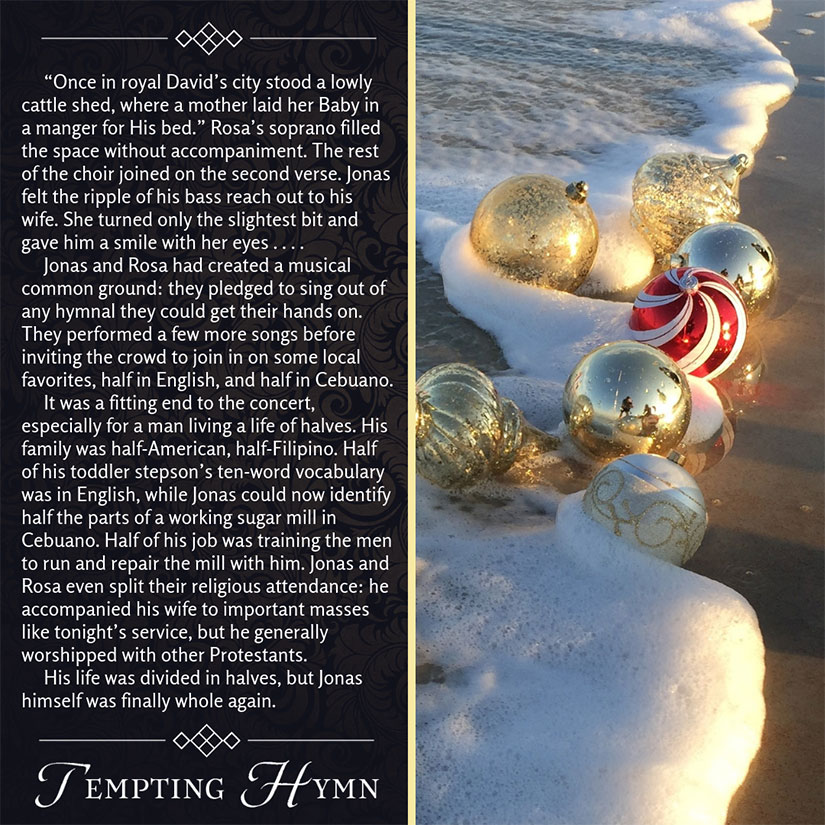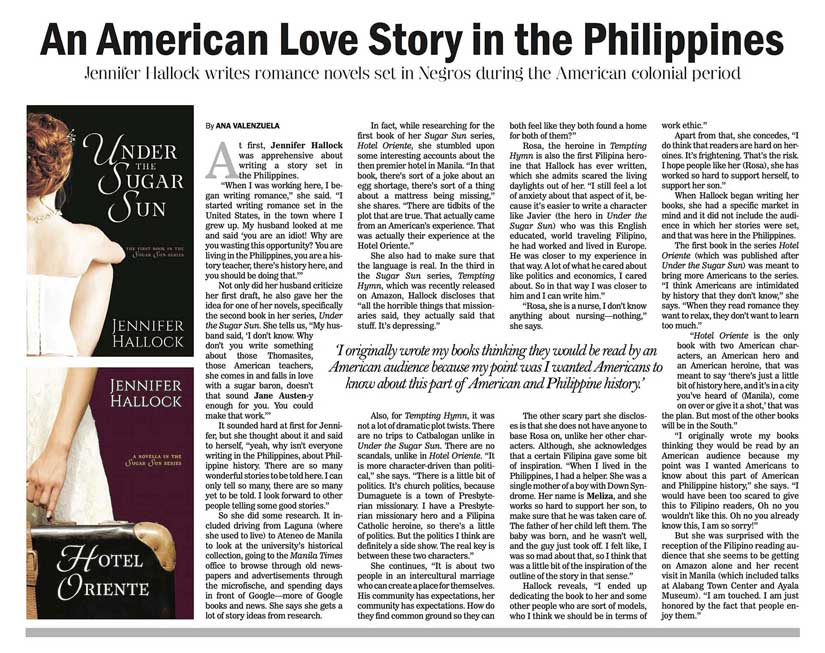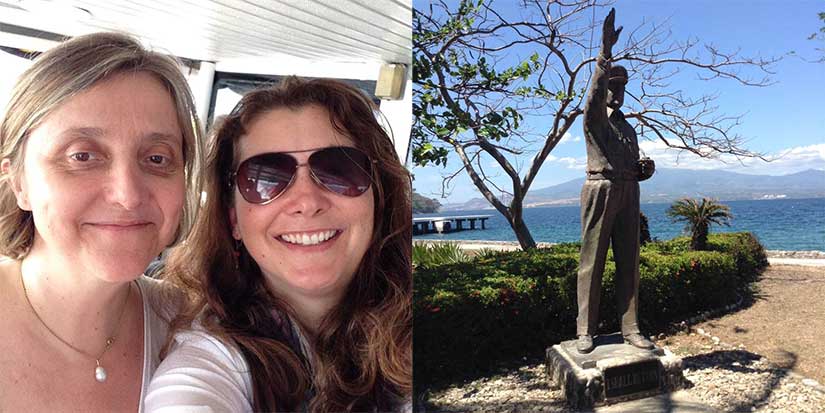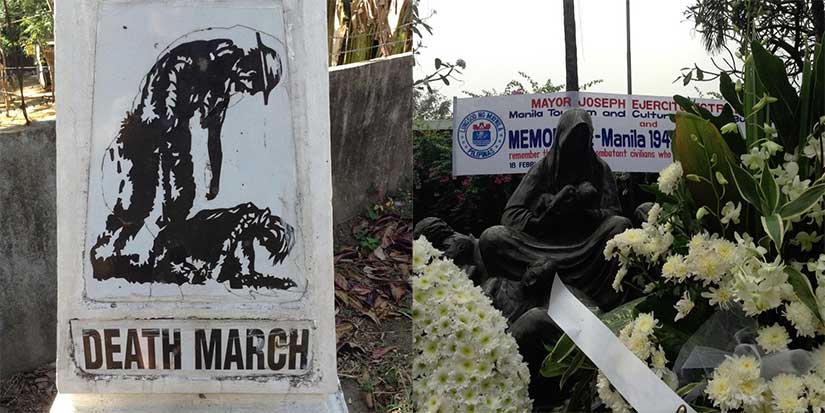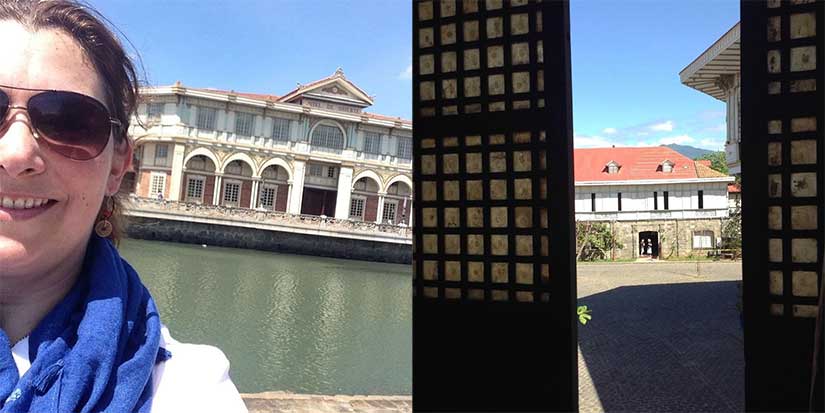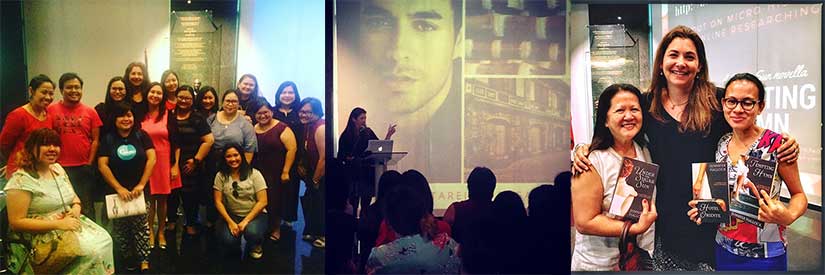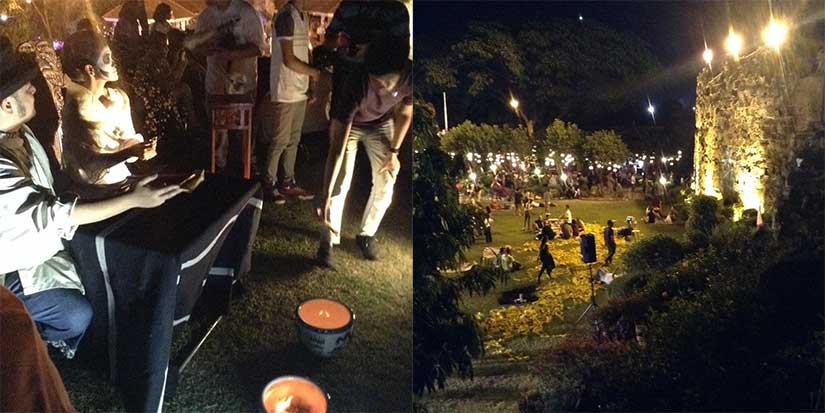I drove two hours to attend Latin Mass and, predictably, understood not a word. The church was not struck by lightning, though, so I am counting it a win.
Let’s start at the beginning. People say write what you know, and it is good advice…that I do not follow very often. Okay, well sometimes I do: I’ve written two teacher characters so far. My heroines in past and future books hail from Boston (near where I currently live); Fairmont, West Virginia, where my mother moved in high school and the home of my favorite pepperoni rolls; and Columbus, Ohio, where I grew up. I love inserting sports into my historical novels because I am a football and volleyball coach who grew up playing softball and dated a baseball player in high school. Even the hymns used in my novella are favorites from daily singing at the Episcopal school where I teach.
But I have nothing in common with a Roman Catholic priest in 1900. I have written men before, though not celibate men who spent their entire young adult life in the seminary listening to lectures in Latin. When trying something completely different, research matters. I want to write Andres Gabiana as authentically, respectfully, and convincingly as possible.
Where to start? I read. And I read. And I read. You can follow my progress on Goodreads, if you like. What follows is not going to give you any spoilers about the upcoming novel, Sugar Communion. It is more like a stream-of-consciousness book report (which I would admittedly never accept from my own students). Here goes:
I’ve read twenty-two priest and nun memoirs so far. I’ve read three written by priests who, after struggling with celibacy, rededicated themselves to their vows and remained active priests. I have read three written by children of priests and nuns. I have read one by a man who came close to entering the seminary—he lived with religious orders and went on retreats—but ultimately decided against it. Mostly, though, I have targeted memoirs (fifteen of them) written by Roman Catholic priests who left the Church. And, like most of the other hundred thousand American priests who have left, they did so in order to take part in consensual, adult relationships. I really cannot emphasize these last three words enough: Consensual. Adult. Relationships. If marriage is a sacrament and a human right, and the Church says it is, then these priests left to exercise that right.
Sadly, consensual adult relationships with priests are not the average Bostonian’s first thought, but here’s the problem: the priests who sexually abused children in this diocese hid inside the Church. They did not leave it. And that has cost the bishops: nineteen American dioceses have been bankrupted by $3 billion dollars in court judgments, according to the National Catholic Reporter, and all because the Church refused to listen to victims and victims’ families, and instead reassigned these criminals to new parishes instead of turning them into the authorities. Pedophile priests are a small—and incredibly destructive—fraction of those who have broken their celibacy vows. Celibacy does not cause pedophilia. Institutionally, though, it can create the conditions that allow it to thrive, if the seed is already planted: a flawed selection process for priests, sexually immature men in positions of power, a culture of secrecy and shame around sex, and possibly a celibate’s lack of a parental impulse to protect children.
In order to separate my story as far as I can from this pattern, my heroine is a few years older than my priest (both are in their 30s); she is a professional (medical doctor) in her own right; and she is not a member of his parish. Andres is also a good man and a good priest.
He is a good priest, I swear, even by the teachings of the Church itself. Did you know that throughout the first eleven hundred years of Christian history, the leadership—including popes, bishops, and parish priests—could legally wed and celebrate the faith as married men? (I did not know this, either, not until I read two academic treatments from experts A. W. Richard Sipe and William E. Phipps, which are the basis of most of the historical information to follow.) The Jewish tradition celebrated married love and required it of priests and rabbis. Not only was Jesus a Galilean Jew, but his role could be best described as an early rabbi (teacher and scholar). There is evidence that Jesus himself may have been married (and maybe widowed) by the time of his ministry. We know Peter was married. Paul was widowed. Moreover, in the early Jesus Movement, women played significant roles in ministry, church leadership, and funding.
So where did Catholic clerical celibacy and patriarchy come from? Pre-Christian Greek philosophers like Plato and Aristotle. If you didn’t know, these guys were pretty big misogynists, as were most Athenian men. It is from their teachings that early Christian saints decided that male genitals and the whole of women were created by Satan. A female was a defective male, Saint Thomas Aquinas said, quoting Aristotle.
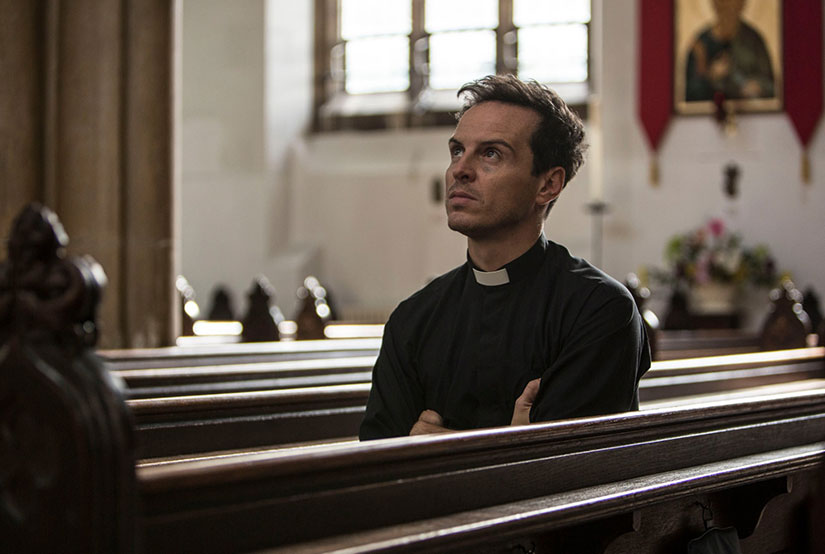
Even worse, once clerical celibacy was required—not until 1139, mind—it inaugurated the most corrupt period in the Church’s history. Marriage was eschewed as foul, while concubinage, pedophilia, and rape were only given mild cautions that were often ignored. Everyday churchgoers needed protection from ravenous clergy that hunted their wives and daughters. Those few priests who wanted to live moral lives by marrying their spouses found themselves excommunicated and their wives enslaved. Schisms and war erupted. It was a nasty time of division and violence, and it was overseen by the men who brought the Church celibacy.
Today Catholic clergy do not even agree upon the definition of celibacy, let alone practice it consistently. At any one time, Sipe says, only about half the clergy in the United States is celibate. What I have learned from the memoirs I have read is that most priests were not given any training at how to be celibate while they were in seminary, other than a few lectures on Eve’s temptations and the corruption of the earthly sphere. They might also be taught the official Catholic teaching on homosexuality as a “disordered” behavior, despite recent studies that have estimated over half of American priests today would identify themselves as gay or bisexual if they were free to do so. The person who first encouraged me to try a Latin Mass is a practicing Catholic who currently lives with his common-law husband, the love of his life, in Arizona. Had this friend been free to be a married gay priest, he would have been one of the very best. Good people of all genders are lost to the priesthood because, for reasons that have nothing to do with their morals and leadership qualities, they are not allowed to apply.
Sexual liaisons are not the only relationships that seminaries restricted, I have learned. In the nineteenth and early twentieth centuries, seminaries did not want their charges to even have close friendships. The instructors monitored who walked with whom between buildings like they were overseeing cotillion dance cards. Nor was a seminarian allowed to remain in close contact with his own family. Trips home—even for weddings and funerals—were very limited. The future priest was the property of the Church and not the other way around. Even after ordination, the vow of celibacy allows this control to continue for a lifetime. Bachelor priests are easier to move without notice, and they have no widows or heirs to claim Church property. Not surprisingly, then, the theme that came out strongest in all the memoirs is loneliness.
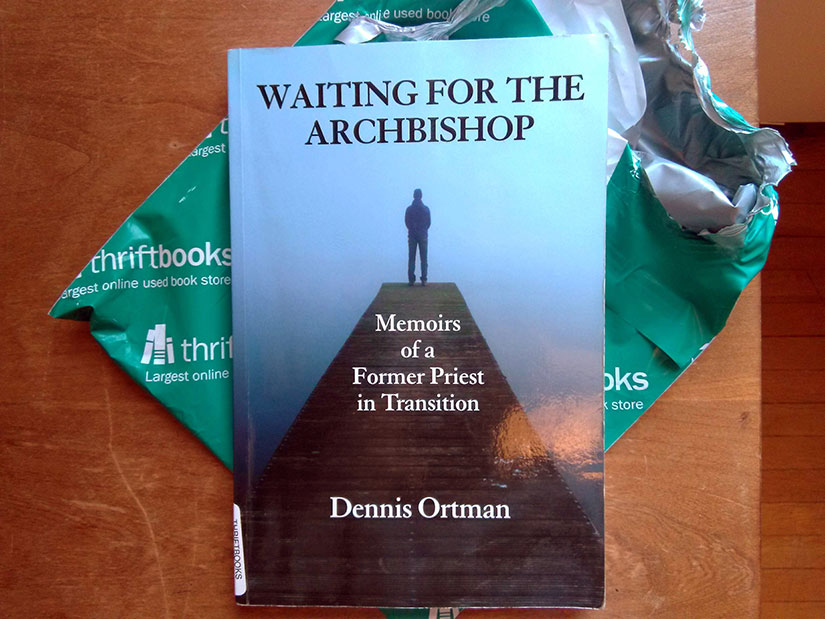
By immersing myself in these memoirs, I have been able to live, albeit briefly, in the culture that will shape Andres Gabiana. I took extensive notes, and I even bought a scanner to enter them! Most of what I learned will never make it to the fiction page, but it still helps to set the scene in my head.
Most of the memoirs on my reading list took place during the 1940s-1980s, mostly in the United States and Ireland but also one in rural Brazil. I do not read Spanish or Filipino, which limits my Philippines-based sources. However, many of the orders operating in the Philippines were European-based, and their rules applied internationally. The Church is also a hierarchical organization following its own canons (code of law) applied throughout every diocese.
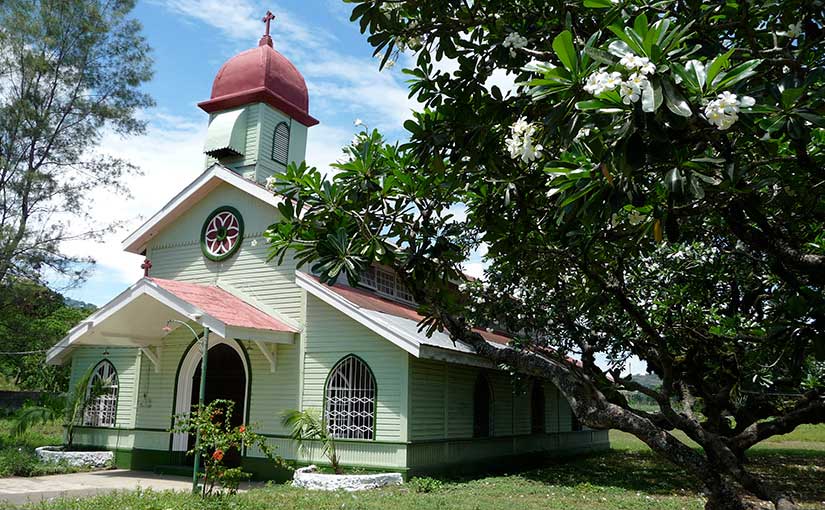
The Brazilian account exposed one flawed assumption from my previous books. In the provinces of predominantly Catholic countries in the early twentieth century, priests would have been in short supply. No curate would have had the luxury of ministering at one tiny chapel at Hacienda Altarejos full-time. Poor Andres. His job just got a lot harder. You’ll see.
Research itself will only take you so far, though. Some things you have to witness. For example, even if you are Catholic, forget (almost) everything you know about mass. The Latin Rite (pre-1962) is not just in Latin, a language that most laypeople do not understand, but also the priest keeps his back to the congregation the vast majority of the time. Half the time he whispers. The only chance for participation is at communion, which is still not a verbal exchange. I had to see the whole thing in person to understand it, so this Monday morning I went to Latin Mass.
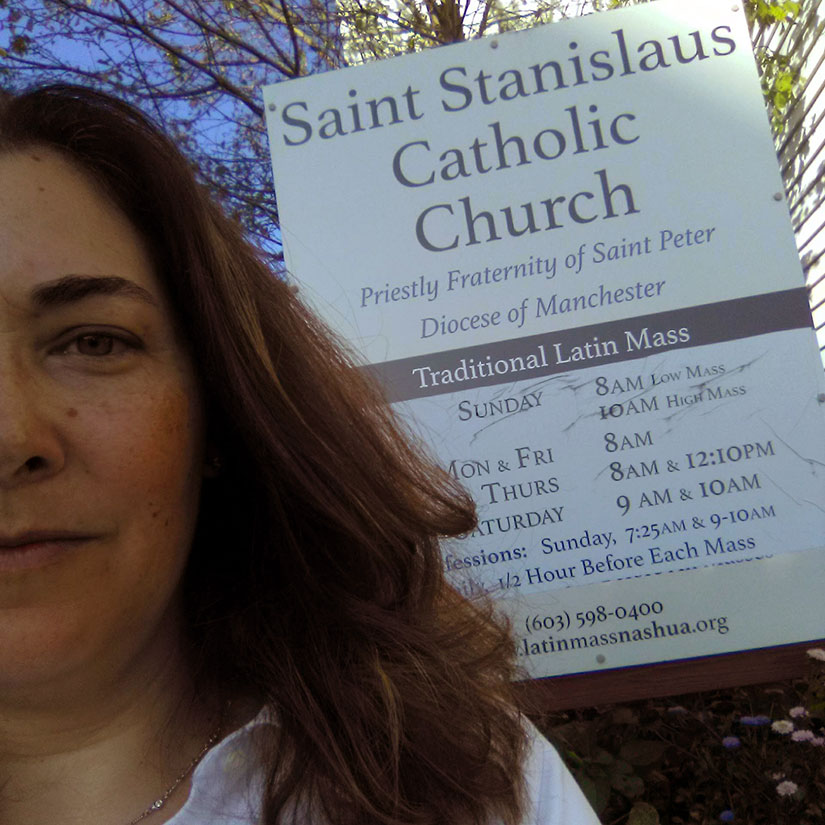
On the face of it, the ritual seems designed to be incomprehensible. I barely saw the Host and never saw the priest consume the sacramental bread and wine. It was like watching a cashier make change from across the room. In a court of law, I could not testify that he actually did it. And, to be honest, that confused me more than the silence. It’s not great showmanship—or is it? Maybe what appeals to people in the service is the mystery: “a religious truth known or understood only by divine revelation.” Awe and enigma have fueled religions from the beginning.
I was most impressed by the server, or altar boy. (It does not have to be a boy, by the way. It can be a layman, a subdeacon, deacon, or another priest. Needless to say, he does have to be a male.) I would say the boy was about the age of my students, going into ninth grade. He had to know more than just when to ring the bell: he had to answer for the congregation since we never spoke. This meant he had to know a lot of Latin, and he had to say it clearly. In fact, I found it easier to understand his elocution than the priest’s because, proudly, he sorta shouted. He did not go to school for eight or twelve years to learn how to manage this mass; he learned his part on his own time. He probably takes Latin at the local Catholic school, but still.
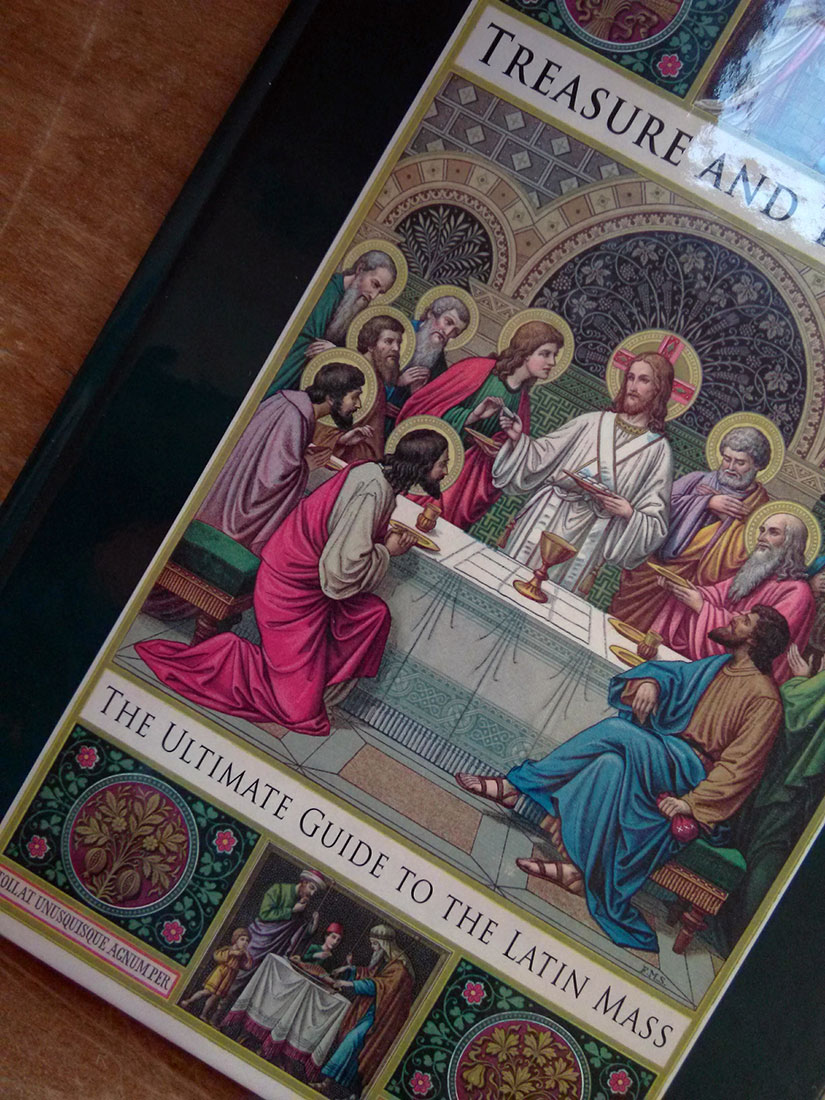
I am not sure if Roman Catholicism would not have survived as the largest denomination of Christianity these past fifty years if it had stayed so inscrutable, but the Latin Rite does have its attractions—especially for the priest, I imagine. He is more remote, powerful, and enigmatic. This had to be, at least partly, the draw of a vocation. As all the memoirs made clear, the whole family took on an elevated status in the parish once they had a son in the seminary.
(I do not know if this last part is still true because traditional geographic parishes are breaking down in favor of “personal parishes,” or parishes based on nationality, language, or other specializations. The church I went to was a personal parish centered around the Latin Rite, for example. There is a growing conservative Catholic movement in these personal parishes, and you will see them more and more throughout the United States.)
When I went to mass, I never spoke to the priest about any of my reactions. I never spoke to him at all. He did not seem particularly stern or unapproachable—he was younger than me, probably in his late 20s or early 30s, and he sported a well-trimmed beard. I did not talk to him because he wasn’t standing at the back of the Church shaking hands as people left. Maybe he greets the parish after High Mass on Sundays? I will go sometime to find out, but I am still not sure what I would ask him. I could ask why he chose to be a part of a religious order dedicated to the Latin Rite, the Priestly Fraternity of St. Peter, but that seems like more than a two-minute conversation.
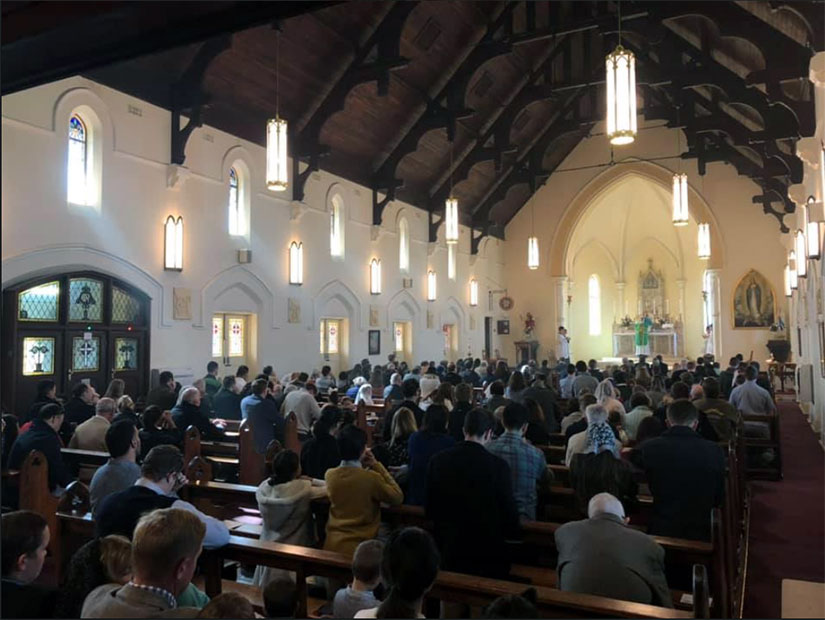
There’s one place for sure that the mass-goer can talk to the priest: in confession before the service begins. In the memoirs I read, though, most priests disliked confession. It is not the voyeuristic extravaganza you might expect. It’s everyday stuff at best (cursing, gossip, impure thoughts); and it’s troubling at worst (domestic violence) without clear ways to intercede and provide help without violating the seal. Crime dramas centered around confessed murders rarely happen, despite each priest hearing dozens if not hundreds of confessions a week for their entire careers—not that anyone wants a murderer confessing to them, of course.
Actually, one theme that came from both the academic books and the memoirs is that confession can mire a priest in the muddy sludge of the material world—lust, greed, corruption—for which the seminary’s tight rules do not prepare him. Often he is ordained before he truly understands what he is agreeing to. He goes from not talking about sex at all to parishioners asking questions about sex (e.g. “Is oral sex with my husband a sin?”). At the time that celibacy became a discipline in the Roman Catholic Church, most priests would have lived about ten to fifteen years total after their ordination. Now they live fifty or more. Statistically, the hardest year for priests is the thirteenth anniversary of their ordination, and by this point many priests have reached a crisis.
In the time that Andres will be a priest, it was almost impossible to leave the clerical office. Though it is easier now to be laicized, or “reduced” to the non-clerical state, it can still take years, or even decades, because the Church is very good at burying paperwork. Meanwhile, they are told to stay far, far away from their old dioceses and all their old friends, some of whom have cut them off anyway. Loneliness can beget more loneliness. And despite what you read in the press, there is no such thing as an ex-priest in the Roman Catholic Church. A priest is a priest forever, even if no longer able to receive confessions, which is done on behalf of the bishop. A laicized priest can still administer some sacraments, like the Eucharist and Extreme Unction, but he can no longer serve as deacon (the position he had before ordination). In other words, their status is…complicated.
Let me thank all the priests (and children of priests) who wrote their memoirs. They have been willing to share their most personal thoughts with me, a stranger. It has been a summer of learning. If you have comments on this book report, please join my Facebook group, History Ever After, and post them there. The real test, dear reader, will be writing Sugar Communion, and there my work is just beginning.



